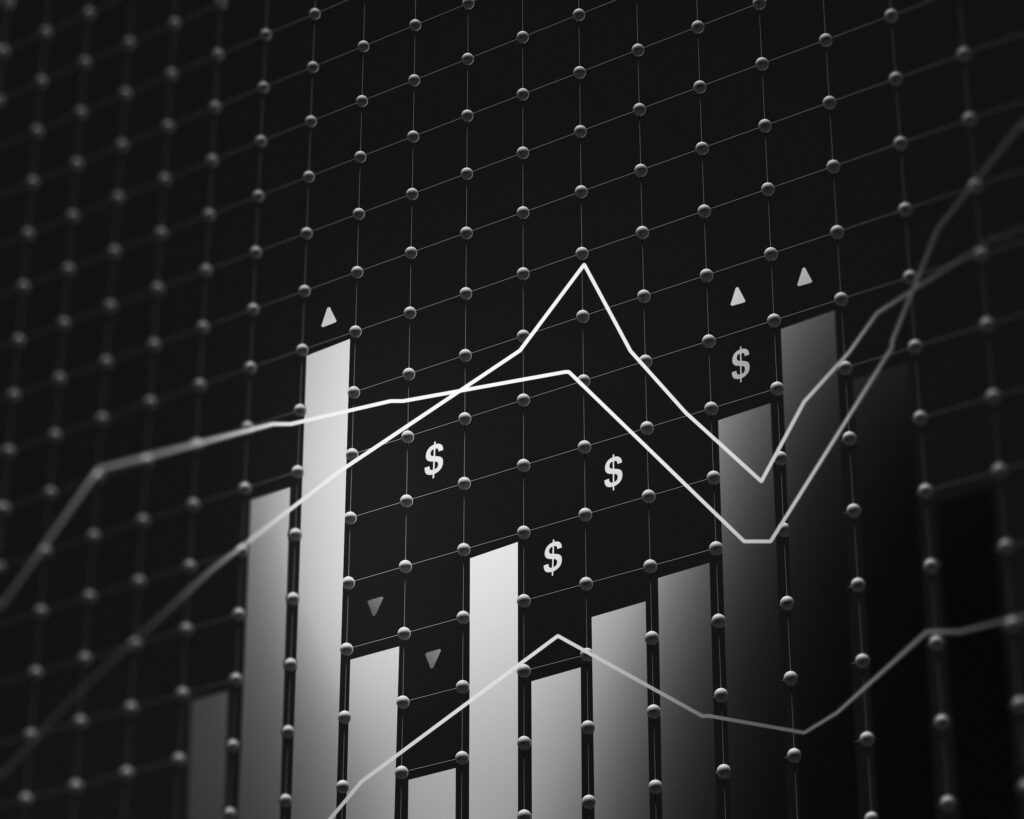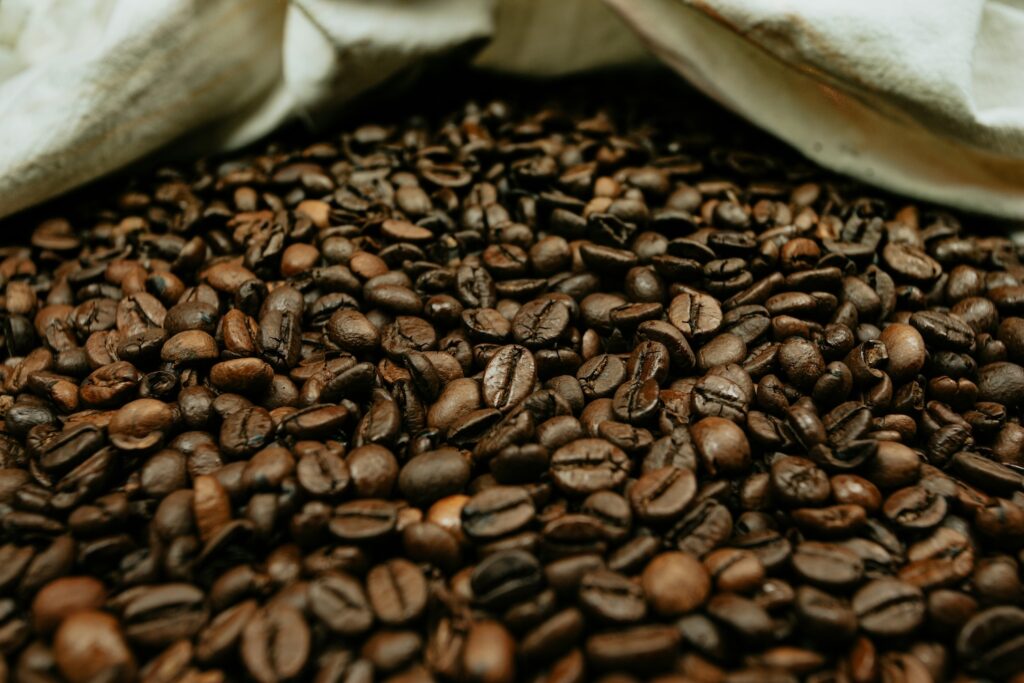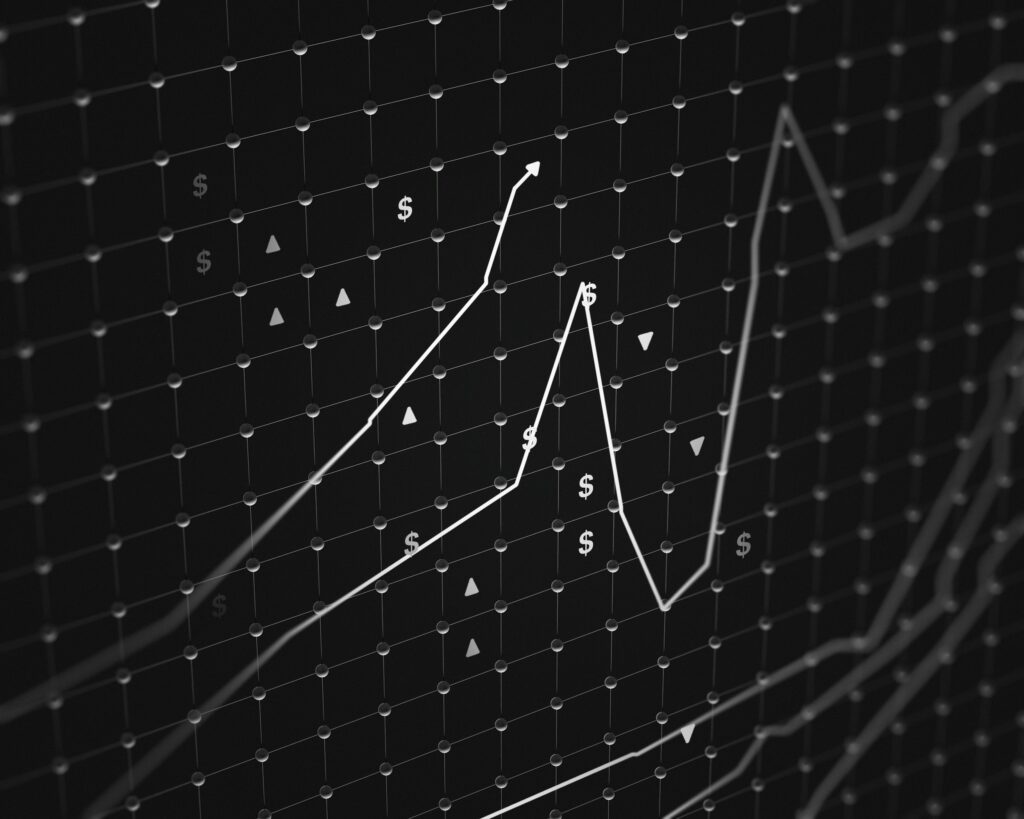Agiboo is developed, set up and equipped to deal with the complexities that come with the modern agricultural commodity trade industry. By now, this should come as no surprise. We’ve written about SOC1 and regulatory compliance in Agiblocks, hedging your bets with our CTRM software, and why general solutions fall short – and that’s only in the last few months.
Today, we’d like to talk about price feeds. Because we have you covered.
Traditional CTRM solutions provide functionality for general pricing methods. However, some commodities or derived commodities cannot be captured in these pricing methods. A good example is a product such as cocoa butter or cocoa powder. They have a relation to the cocoa bean futures contract, but require so-called ratios to price and to hedge. For each of these commodities, the business logic and processes necessary to manage it effectively are embedded in Agiblocks. The modular design of Agiblocks allows addition of more commodities as necessary. What this means is that it includes specific functionality for specific commodities that are often missing from more general legacy CTRMs.
Pricing methods are by definition complex, as to-be-fixed contracts can also be partially priced or rolled with a broker. Agiblocks accommodates these processes with clear, easy steps within a highly intuitive user interface.
Even more importantly, the pricing audit trail is kept by Agiblocks as well, which is usually a massive challenge in say a spreadsheet approach. In addition to audit trails, the value of a CTRM system like Agiblocks also becomes evident by readily providing the risk consequence, allowing the trader to manage that risk as it becomes visible.
Anyway, enough about pricing – this one was about price feeds.
Price feeds
Price feeds play a crucial role in agricultural commodity trading, as they can provide real-time data on commodity prices – essential data for traders, producers, buyers and sellers. A price feed, a continuous stream of pricing data from commodity exchanges and market data providers can be delivered via API or specialized trading platforms. A solid CTRM system is not just a container for your data. You need to be able to quickly access and adjust that information as well, and check your position during each trading day.
A CTRM helps you answer questions like:
- ‘What is going on with this deal?
- What are my estimates and expectations?
- How are prices fluctuating and affecting what I have at risk?’
When faced with those challenges, you need a solution that allows you to quickly and effectively understand your position so that you can take action. Agiblocks offers huge efficiency gains by doing just that. The addition of price feed API’s is a very important step in tackling redundant and time-consuming tasks of the past, and an essential one to make informed decisions.
Price feeds are essential to commodity traders for a number of reasons – from supply chain optimization (timely purchasing and inventory management) to hedge and risk management. Without reliable feeds, pricing becomes speculative, inefficient and prone to errors. A good price feed has to be fast, cover a wide range of markets, be reliable, and offer access to historical data. However, there are challenges too. Agricultural prices can be very volatile, influenced by weather, politics, and other unpredictable events. In many parts of the world, market data can be limited or delayed, making accurate price tracking difficult.
In Agiblocks, you can rely on partnerships such as with AgFlow (developing predictive analytics tools that integrate data from key producing regions with real-time shipment tracking) and FinanceAgri to bring your data needs together in a single universe.
A good price feed has to be fast, cover a wide range of markets, be reliable, and offer access to historical data. However, there are challenges too. Agricultural prices can be very volatile, influenced by weather, politics, and other unpredictable events. In many parts of the world, market data can be limited or delayed, making accurate price tracking difficult.

Price volatility
The commodity trade industry is a complex one – we’ve covered that time and again. One of the great contributors to – if not the main reason for – that complexity is the fact that commodities are prone to price volatility. The price of any commodity can pretty much change at any time. Indeed, the price does change all the time. While price changes are common, it is the speed of that volatility that is very much specific to commodities.
Let’s take that defining characteristic of volatility and project it onto our personal lives, as a little sidestep. The ongoing volatility – and indeed inherent uncertainty – it brings would be rather inconvenient, to put it mildly. You don’t want to pay twice as much for a cup of coffee at Starbucks today as you did yesterday, and then half as much tomorrow? Now, the price of coffee might not keep you up at night (unless you’re in the coffee business). But what about rent? Insurance? Car payments? If all prices were as volatile as those of soft commodities, ‘inconvenient’ wouldn’t begin to describe it…
In general, it’s safe to say that volatility creates insecurity and agricultural commodities have a long history of volatility. It’s simply the laws of supply and demand. Wheat prices moved up a great deal after a bad harvest ever since the middles ages, that’s nothing new. In fact, at times prices were so volatile back in the day that complete communities had to make do without bread altogether for entire seasons. Alternatively, farmers would go bankrupt after a superb harvest on account of their wheat becoming virtually worthless.
Until the first exchanges came around, there was no real mechanism to control the highs and lows of prices. Today, price feeds are the backbone of modern agricultural commodity trading, and they help bring structure and transparency to markets that would otherwise be highly uncertain. Which is a nice segue into:
Price feeds and risk management
Now, let’s get practical. As mentioned, price feeds are indispensable when it comes to risk management in agricultural commodity markets. And a very widespread strategy for risk manages is future contracts, where traders lock in prices for future dates, protecting against potential adverse price movements. They offset their price risk by obtaining a contract on a futures exchange, hereby securing themselves of a pre-determined price for their product.
An important factor in determining the eventual price, is the basis. The basis is calculated by deducting the futures price form the spot price. By successfully predicting the basis of a commodity, the eventual price of a commodity can be calculated at the moment the hedge is placed. To trade effectively, participants need to see live pricing information, which is provided through price feeds. These price feeds show the most recent trades, current bids and offers, trading volume, and how much interest there is in the market.
Futures contracts
Traders use this real-time information to decide when to enter or exit a position, and farmers or buyers use it to protect themselves against future price changes. For example, a farmer growing corn may look at current corn futures prices through a price feed. If the price seems favorable, they can sell a futures contract now to lock in a good selling price for the harvest. This is called hedging. On the other hand, a food manufacturer might use the same price feed to decide when to buy futures to secure a steady supply of corn later, protecting themselves from rising prices.
Price feeds are used at the end of each trading day to update account balances and calculate profits or losses. This process, known as mark-to-market, depends on accurate price data from the exchange. If a trader has lost money based on the day’s final prices, they might need to deposit more funds to keep their position open.
Some traders, such as hedge funds or commodity firms, use algorithms that rely entirely on price feeds to trade automatically. These systems are very sensitive to speed and accuracy, because even a small delay or error in the feed can cause bad trades.
There are also broader uses for price feeds in futures markets. Sometimes prices from multiple markets are combined to create agricultural commodity indexes, which are used in investment products or insurance contracts. For example, an insurance policy for a farmer might pay out if a certain futures price falls below a set level.

Real-world example
To get even more practical, here is a real world example: let’s look at how price feeds are used in coffee futures trading. Coffee after all is one of the most traded agricultural commodities in the world, and one of Agiboo’s four specialized commodities. The price of coffee is often volatile, swinging sharply due to weather events, political instability in producing countries, currency fluctuations, and global demand changes (sometimes leading to outright crisis). Futures contracts for coffee — especially Arabica and Robusta — are primarily traded on the Intercontinental Exchange (ICE). These contracts let producers, exporters, and investors manage their risk or speculate on price movements.
Now, suppose you’re a coffee farmer in Brazil. You’re approaching harvest season and worried that if global prices drop in the next few months, your crop will fetch less money. You check the live price feed from ICE for the December Arabica futures contract, which shows coffee trading at $1.85 per pound. Based on your costs, anything above $1.70 is profitable. So, you decide to sell a futures contract at $1.85 to lock in that price. This way, even if the market price drops by the time you deliver, you’re protected because you’ve already locked in your sale price. Without a reliable price feed, you wouldn’t know whether the timing was right or if that price was favorable.
On the other side of the trade, a coffee roasting company in the U.S. uses that same price feed to plan their purchases. If they see prices rising due to poor weather in Brazil or Colombia, they might decide to buy futures contracts to secure their supply at today’s price. This helps them avoid having to pay more later or passing costs on to consumers.
Every day, at the close of trading, the exchange calculates the official price (called the settlement price), and that gets sent through price feeds to everyone in the market. If the market has moved, traders may owe or be owed money, based on how much the price changed. This is where price feeds are also crucial — they’re used for updating margins and profits in real time. For larger trading firms or investment funds, live coffee price feeds are used to run automated trading strategies. These systems analyze price movements and execute trades in fractions of a second. If the feed is slow or inaccurate, even by a little, these traders could suffer significant losses.
Stay tuned
To summarize, price feeds play a crucial role in agricultural commodity trading – from making trades, managing risk and handling accounting to running automated systems and even supporting financial products based on agriculture. Without these feeds, futures trading would be slow, uncertain, and far less reliable.
In Agiblocks, you can rely on partnerships such as with AgFlow (developing predictive analytics tools that integrate data from key producing regions with real-time shipment tracking) and FinanceAgri to bring your data needs together in a single universe. It is available for anyone who needs it. Be sure to reach out to us for more information!
Next up is an article on P&L, which at the bottom line might be even more important.
In fact, it is the bottom line.

